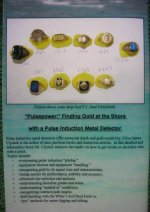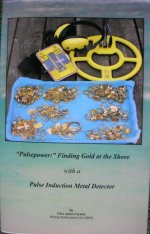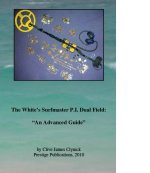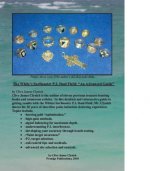"DFX Gold Methods": Feedback
Thanks kindly guys!
cjc
Inquirys: [email protected]
DFX Gold Methods Feedback
I just received Clive?s new book. I am not done reading it yet but so far it is awesome. I credit his other two books with giving me the ability to accurately read sites and find items that other miss in the trashy areas. He is very savvy in these areas?.
and?
I had my best year ever thanks in part to you. Found two items that paid for my DFX twice over.?
Greg A.
and?
It was very entertaining and enlightening. I liked the section on sites and how to read them. Several good tips on how to read the sites that I hadn't thought about.
Red Rock NV?
and?
?I just finished reading DFX Gold Methods by CJC it is very insightful. It goes in to areas of site reading that I never really thought about. A lot of great information a real must have for every DFX owner.?
Dave Z (DFX Classroom Forum Moderator)
and?
(Just finished reading?) and I agree that it is a good read with some informative information.
I bought my DFX just for jewelry hunting, and his book is really what I needed. His site selection process seems well thought out from experience and the DFX toolbelt (my term) features that he speaks about to enhance target identification seemed learned from experience.
I think between Jeff Foster and Clive, you pretty much got a college course on using and understanding the DFX. Good read
(Mike Hillis)
Thanks kindly guys!
cjc
Inquirys: [email protected]







